Red Carpet Influencers: Behind a Lucrative (and Growing) Niche for Creators
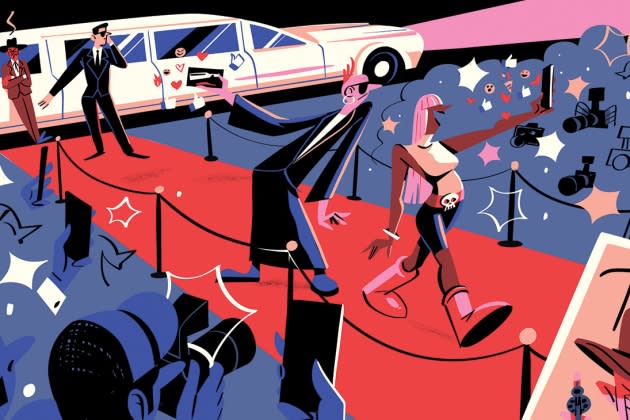
The hottest red carpet accessory in 2023? The influencer.
With the explosion of TikTok, content creators have become mainstays at big premieres and awards shows, popping up at events for all the major studios and streamers as well as at Cannes, the Golden Globes, Grammys and Oscars. Film and TV red carpets in particular have transformed into two-hour-plus events, with portions devoted to influencers and their content, taking selfies, going live on social or filming dance videos and elaborate TikTok trends against the step and repeat for the first hour, followed by the project’s stars making their way down press lines for the second. Some creators are paid, some are not; some have millions of followers, others have smaller but highly engaged audiences in a demographic that the studio or event is seeking. All this is making for a complicated, competitive business that goes beyond posting a photo.
More from The Hollywood Reporter
VFX Workers' Union Effort Picks Up Where Last Reckoning Left Off
Shadows of the Last Strike: Writers Debate '07 Walkout Ahead of Contract Talks
Chris Olsen, who has nearly 10 million followers on TikTok and almost 1 million on Instagram for his content focusing on celebrities and his daily life, has become one of Hollywood’s go-to influencer partners since he started using TikTok in 2020. Last year, Warner Bros. invited him to Cannes to do a paid partnership withElvis and star Austin Butler, which became a viral video of Olsen traveling from Los Angeles to France to bring Butler a coffee on the red carpet.
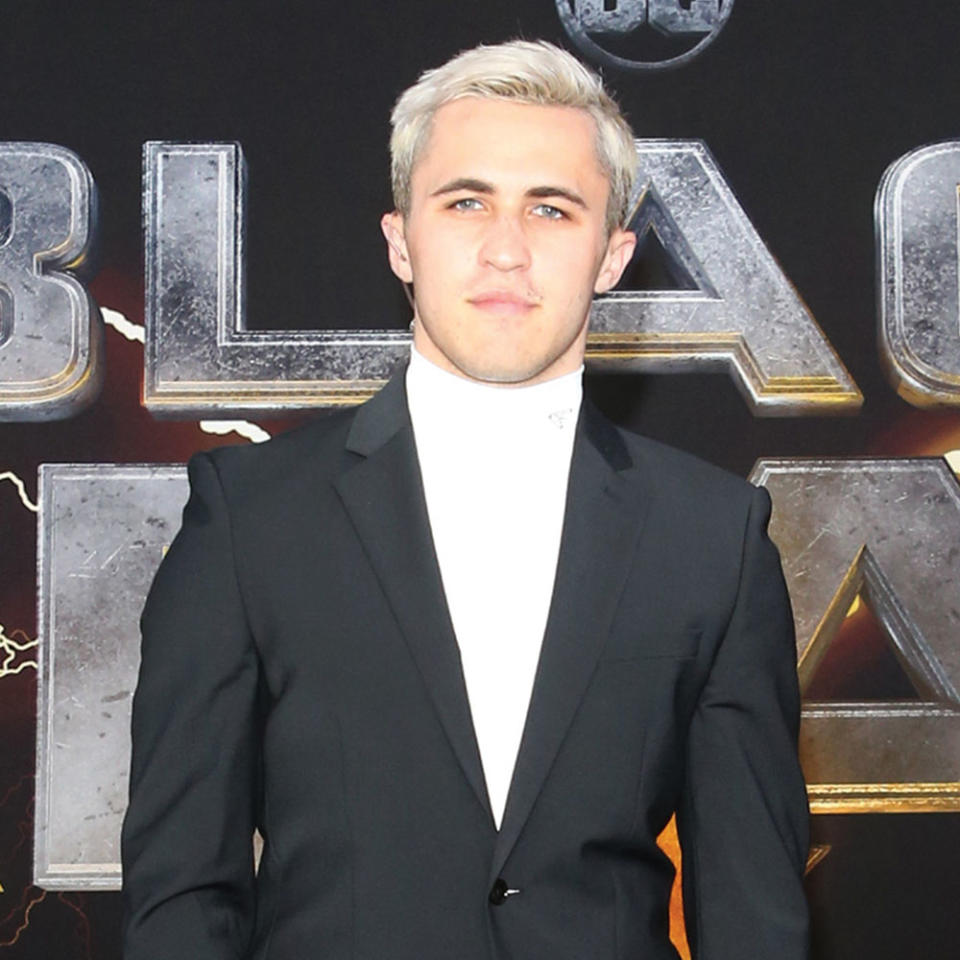
The video has 12 million views and served as inspiration for Olsen’s new coffee brand, Flight Fuel. Since then, he’s gone to Toronto with Amazon for the premiere of My Policeman, to New York for Warners’ Black Adam premiere and to the Grammys. And he’s worked several times with the Academy of Motion Picture Arts and Sciences, including on posts about the 2023 Oscar nominations.
There are two types of red carpet invites: those where an influencer is invited to attend without any requirement to post content (those are usually unpaid), and official partnerships where a creator will post sponsored content from an event. Olsen has done both, and notes that when it’s a paid partnership, it will include “talking to the studio about what content I’m looking to create, what my goal is, and then hearing their goals as well.” And then once he’s attended the event and created the content, “I’m sharing it with them and we’re talking about what is the best way to [employ] the content I have.” Though he declines to give financial specifics, Olsen says these studio partnerships tend to be pretty similar to a brand deal payment structure, which can vary among creators and their exact rates.
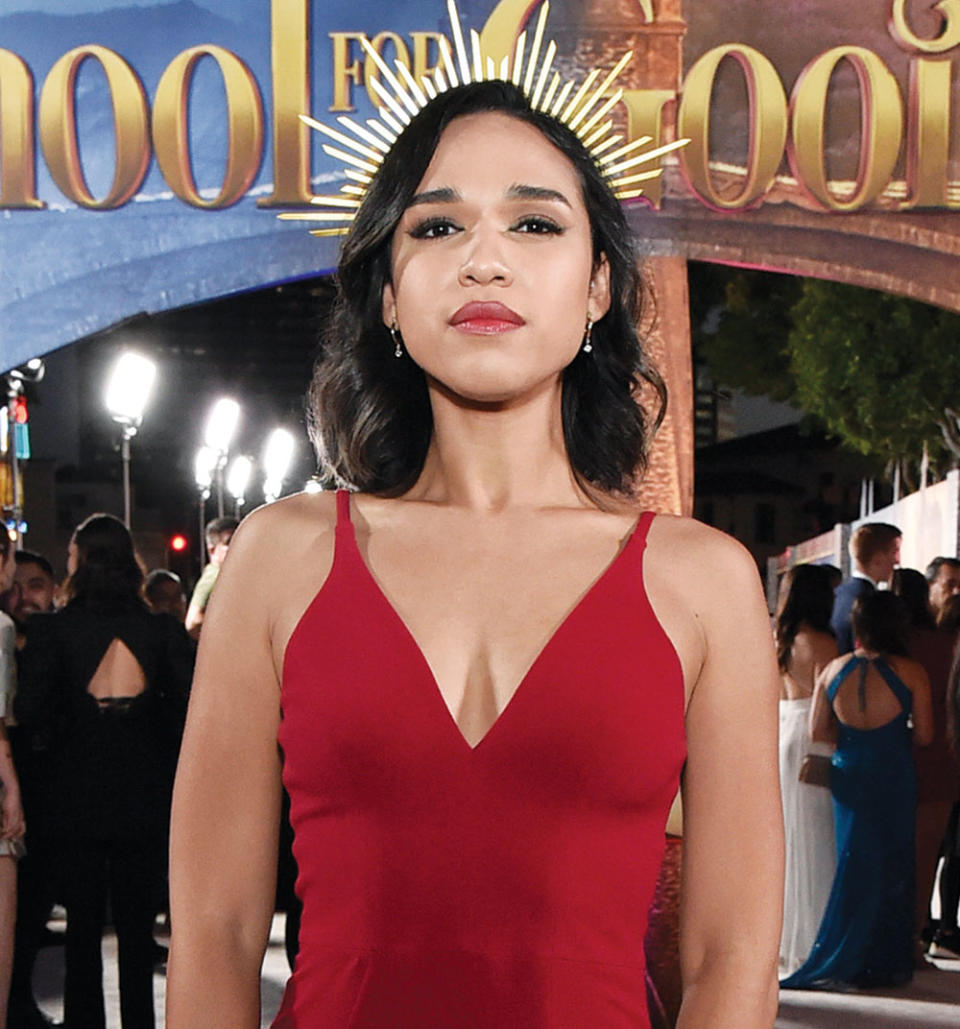
Amanda Castrillo is a creator focused on film and TV who has more than 300,000 followers on TikTok. She has been invited to Netflix, Disney, HBO, Amazon, NBC and Sony premieres, and says her studio deals have ranged from $3,000 to $10,000 per partnership. She started posting on TikTok after she was furloughed from her retail job during the pandemic; she quickly hit 100,000 followers and quit retail, and is now working at Paramount as a social producer with an influencer career on the side. “I went from literally working part-time for like $15 an hour to actually being able to pay my bills and pay rent — it can be life-changing,” she says of becoming a creator.
Though some of the bigger influencers are often invited directly by the studios or their PR agencies, Castrillo put together a media kit and website and started pitching herself to media companies directly. Now she goes to two or three red carpets a month. For the paid partnerships — which have included posting from the premiere of NBC’s Lopez vs. Lopez — she says she’s given time (usually 30 seconds to a minute) and tagging requirements and will sometimes go through multiple drafts of the content before a studio signs off. She says execs often ask for analytic reports afterward so they’ll know how a post performed.
Castrillo adds that brand exclusivity also is common. “If, for example, you have a promotion going on for HBO Max, you can’t advertise for a competitor within two weeks.” And when those clauses do exist, that’s worked into the payment: “Say, because you took one thing and then you had to turn down something else that would have made you money, you also have to negotiate pricing for that within their budget.”
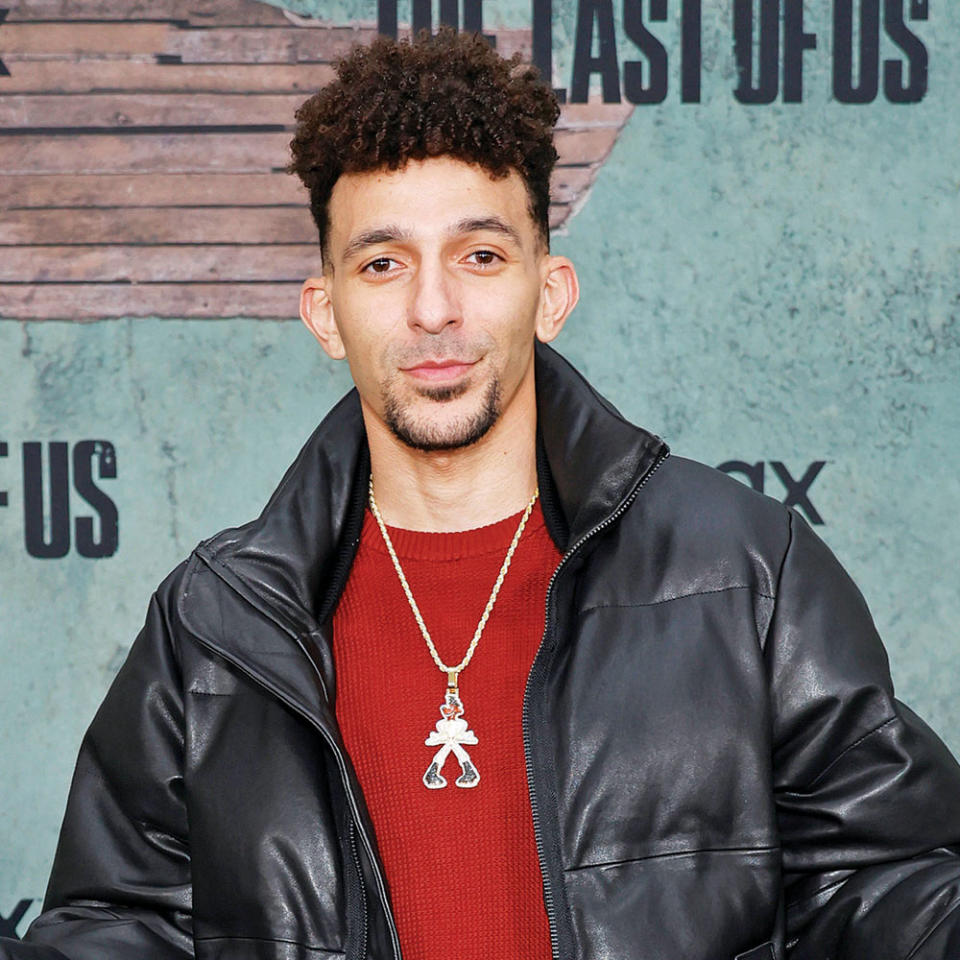
Khleo Thomas, who became a child star playing Zero in the 2003 film Holes and is now a content creator and gamer with 1.3 million TikTok followers, has walked many carpets in the past few years, including for recent paid partnerships to post from the premieres of HBO’s The Last of Us and Disney’s Lightyear. He says he’s seen studios move away from simply inviting the biggest influencers to every event to the point where they are “getting a little bit smarter” about who is invited.
“The fact is when I choose to speak about something or cover something, it’s not coming from a space of just to pop the numbers because I have the numbers or I have the engagement, it’s more about because I’m a fan,” Thomas says. He adds that throughout his last few years attending events, he’s seen studios move away from simply inviting the biggest influencers to every event, to now where “they had to start getting a little bit smarter about who was invited to be able to come to some of these events and being able to capture the experience.”
That means studios are now tending to invite creators whose content or demographics are more specifically tailored to the audience they’re trying to reach. Caprice Cole, a creator with 33,000 Instagram followers who specializes in “Blerd” (i.e., Black nerd) content, has attended events for Netflix’s Wednesday and Disney+’s Willow, both of which she says match her brand. “Somebody’s paying attention and inviting the people who have [audiences in] those kinds of areas,” she says.
“If you bring out the right creators, you get the right people in the seats and buying the merchandise, and that’s ultimately the end of it,” Cole continues. “It’s still a business at the end of the day, so you want to have the right people there. The marketing seems to be very strategic and on point for the audience of the creators they’re inviting.”
Cole is quick to note, though, that white male creators are far more likely to get the paid partnerships, and she is often one of the few Black women to receive an invite. “I always ask them, ‘If you invited me, here are a few more people I feel like you should consider and invite,’ ” she says of expanding influencer diversity.
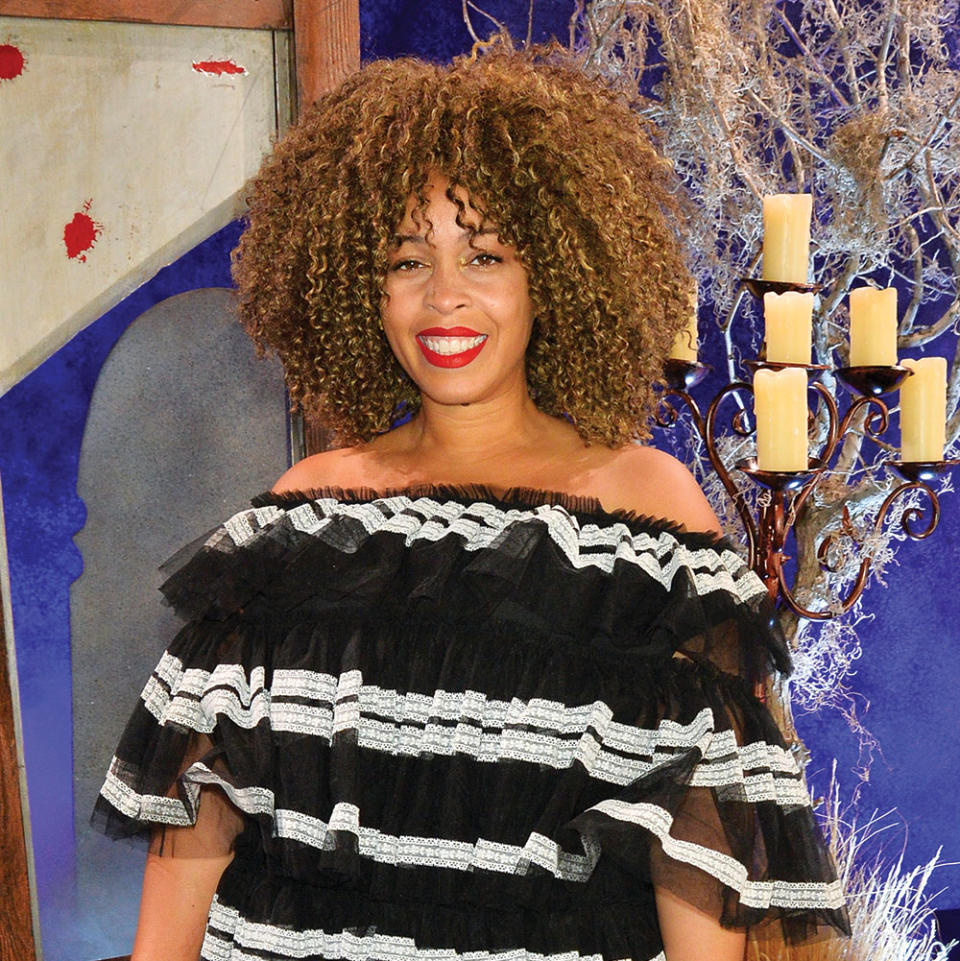
That issue has led Disney to make a particular, and unique, commitment to diversity in the influencer space. (Amazon declined to comment about its influencer initiatives, and Warners didn’t respond to requests for comment on its partnerships.) In 2021, the media giant launched its Disney Creator Lab, a program to identify, develop and amplify 20 smaller content creators from diverse communities. Now in its second year, it runs from fall to spring and features workshops from the likes of Disney Imagineers, Marvel exec Wendy Jacobson and talent manager Barbara Jones.
“We’re providing them with these opportunities to learn, to grow, to be inspired, and we hope that the program would have a meaningful impact in the lives of these emerging creators,” says Michael Ramirez, director of PR and influencer communications at Disney Parks, Experiences and Products. “From our perspective, it’s giving us new, diverse creators to engage with. What we’re essentially doing is cultivating the next generation of creators; it’s really hard to break into the space so we just want to do our part, use our size for good and just help develop.”
Disney hand-selects all 20 creators in each cohort, looking for influencers with small but growing followings spanning fashion, food, art, travel and pop culture, both in and outside the realm of Disney fandom. They aren’t paid and don’t have posting obligations, and the program culminates in a Disney Creators Celebration at the Disney parks to put their lessons to the test.
“Once creators enter our ‘ecosystem,’ I think they can be leveraged for multiple cross-enterprise opportunities,” continues Ramirez. “There are creators that were part of the first cohort that we’ve seen attend studios events, which is awesome. We want them to be part of our Disney families in multiple ways.”
Disney also reports substantial growth from the Creator Lab; creator Logan Allison said he joined the program with 40,000 TikTok followers and ended with 100,000 (and a partnership with Netflix as well as one with Disney), while influencer couple Cullen and Alyssa Griffin started with 10,000 TikTok followers and also finished with more than 100,000. “As a micro influencer who is growing, I think we have a bit more of a sense of trust with our following because a lot of our followers have been with us from day one,” Allison says of what they can offer a company like Disney.
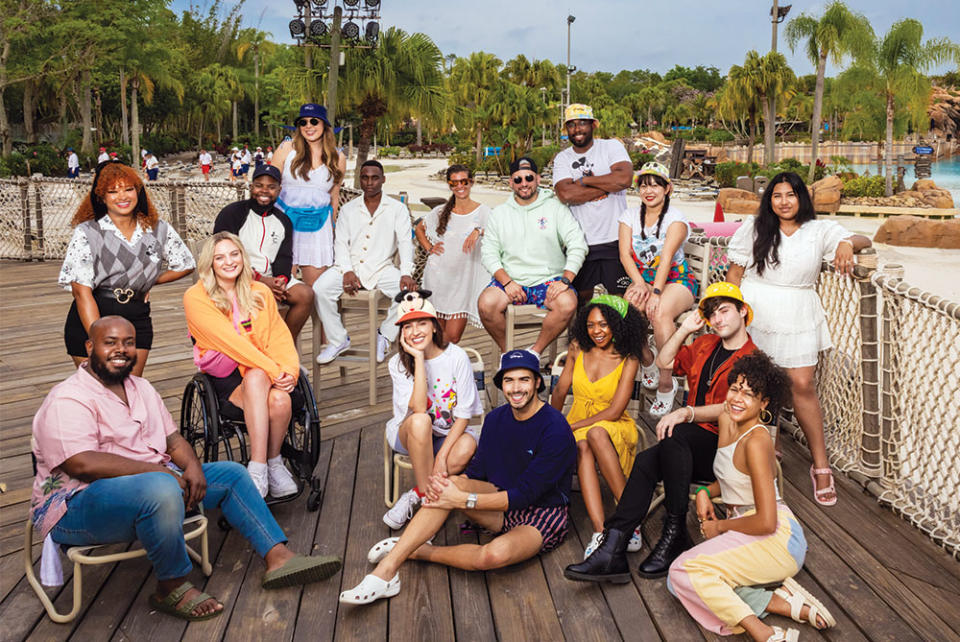
Sabeen Faheem Minhaz, who is now in the program (and is also an assistant to actor Simu Liu), adds that, as a Muslim woman, “seeing a big brand like that recognize that a person like me can be a fan, can be a creator, can be someone that they trust with promoting their creative spaces and their parks and their merch and items [is huge]. You can’t say you’ve ever seen someone who looks like me doing this before.”
Jessica Morrobel, who identifies as Afro-Latina and is also in the Creator Lab, notes that as a travel and lifestyle influencer without a connection to Disney, “it’s really cool to be able to share with my audience that perspective of how much I love the brands, but you can still show up and it’s OK if you don’t wear the [Mickey Mouse] ears.”
As influencer and studio partnerships have expanded post-pandemic — in an era when TikTok really took off — there is a belief that this is the marketing strategy of the foreseeable future. “Gen Z isn’t watching network television in the same way that we used to, and where I feel like a lot of the advertising space really lived,” says Olsen.
And now, with TikTok boasting 1 billion monthly active users, with 62 percent of U.S. users under age 30, per Comscore, media companies are desperately aiming to reach that demo. “It’s always interesting when TikTokers are on these carpets. Some of the comments are like, ‘How did they get there?’ or ‘Why are TikTokers there?’ ” Olsen continues. “But I think the answer is very clear — it’s [that] studios are really seeing the value in this.”
And for diverse communities in particular that rings true, as Castrillo (who is Latina) notes, “I have a community of nerds that are just as diverse, that are just as different shades of everything — different communities, the queer community, BIPOC communities. That is a demographic that has been so often overlooked. And now they’re finally realizing like, hey, if we have people that are talking to people like them, they’re going to listen, and they’re going to also find relatability and in the business sense, they’re going to spend the money.”
A version of this story first appeared in the March 1 issue of The Hollywood Reporter magazine. Click here to subscribe.

